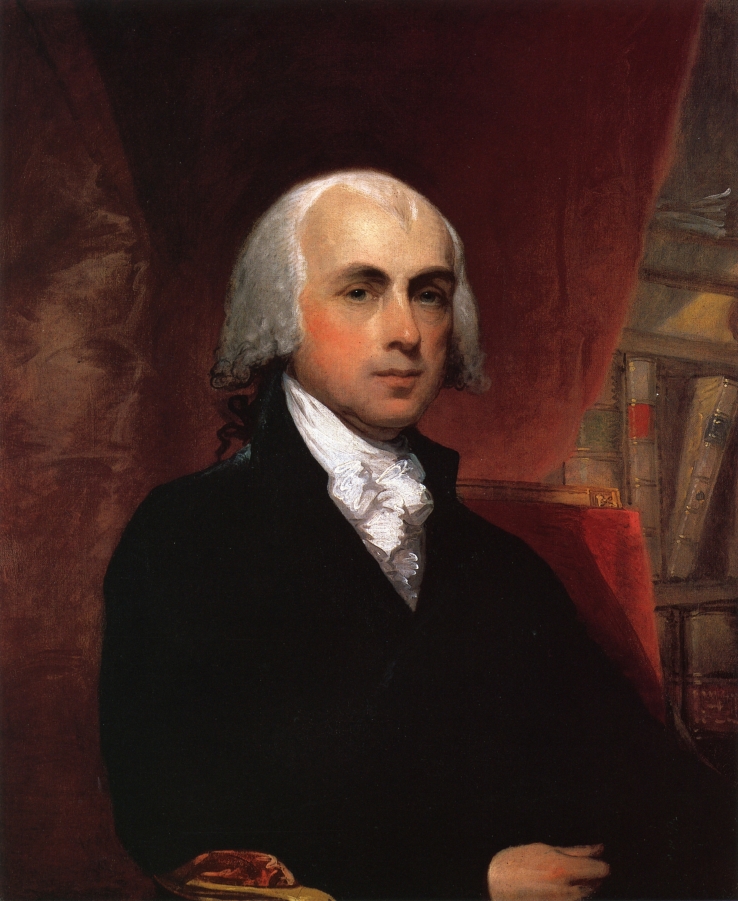|
Kogetsu Zenzai
Kogetsu Zenzai (1667–1751) was a Japanese Rinzai Zen monk who emulated Ōbaku-teachings into Japanese Rinzai Zen. His teacher Kengan Zen'etsu (1618–1696) had trained under Chinese Ōbaku-monks, and Kogetsu Zenzai was one of the principal persons in assimilating their teachings. In contrast, Hakuin Ekaku was one of the most influential figures in Japanese Zen Buddhism, who regarded bodhicitta, working for the benefit of others, as the ultimate concern of Zen-training. While never having received formal dharma transmission, he is regarded as th ... (1686–1768) opposed their influence, yet also stressed the need for rigorous practice. A number of influential students of Kogetsu Zenzai eventually also studied with Hakuin, creating the koan-system presently used within Japanese Rinzai-Zen. References Sources * 1667 births 1751 deaths Japanese Rinzai Zen Buddhists {{Japan-bio-stub ... [...More Info...] [...Related Items...] OR: [Wikipedia] [Google] [Baidu] |
Ōbaku
Ōbaku Zen or the Ōbaku school () is one of three main schools of Japanese Zen Buddhism, in addition to the Sōtō and Rinzai schools. The school was founded in Japan by the Chinese monk Ingen Ryūki, who immigrated to Japan during the Manchu conquest of China in the 17th century. It had a strong influence on Japanese Rinzai, which partly adopted Ōbaku practices, and partly renewed older practices in response to the Ōbaku school. History The development of the Ōbaku-shū in Japan began somewhere around 1620, a period when Chinese emigrants were coming to Nagasaki due to a decree by the shogunate allowing Chinese traders to conduct business there. The Chinese traders, in turn, began to request that monks from China come to Nagasaki "to serve the religious needs of their community and build monasteries in the late-Ming style with which they were familiar." The Chinese community was therefore thrilled when the founder of the Ōbaku, a master of the Linji school/sect named ... [...More Info...] [...Related Items...] OR: [Wikipedia] [Google] [Baidu] |
Hakuin Ekaku
was one of the most influential figures in Japanese Zen Buddhism, who regarded bodhicitta, working for the benefit of others, as the ultimate concern of Zen-training. While never having received formal dharma transmission, he is regarded as the reviver of the Japanese Rinzai school from a period of stagnation, focusing on rigorous training methods integrating meditation and koan practice. Biography Early years Hakuin was born in 1686 in the small village of Hara-juku (Tōkaidō), Hara, at the foot of Mount Fuji. His mother was a devout Nichiren Buddhism, Nichiren Buddhist, and it is likely that her piety was a major influence on his decision to become a Buddhist monk. As a child, Hakuin attended a lecture by a Nichiren monk on the topic of the Eight Hot Hells. This deeply impressed the young Hakuin, and he developed a pressing fear of hell, seeking a way to escape it. He eventually came to the conclusion that it would be necessary to become a monk. Shōin-ji and Daishō-ji At ... [...More Info...] [...Related Items...] OR: [Wikipedia] [Google] [Baidu] |
1667 Births
Events January–March * January 11 – Aurangzeb, monarch of the Mughal Empire, orders the removal of Rao Karan Singh as Maharaja of the Bikaner State (part of the modern-day Rajasthan state of India) because of Karan's dereliction of duty in battle. * January 19 – The town of Anzonico in Switzerland is destroyed by an avalanche. * January 27 – The 2,000 seat Opernhaus am Taschenberg, a theater in Dresden (capital of the Electorate of Saxony) opens with its first production, Pietro Ziani's opera ''Il teseo''. * February 5 – In the Second Anglo-Dutch War, the English Royal Navy warship HMS ''Saint Patrick'' is captured less than nine months after being launched, when it fights a battle off the coast of England and North Foreland, Kent. Captain Robert Saunders and 8 of his crew are killed while fighting the Dutch ships ''Delft'' and ''Shakerlo''. The Dutch Navy renames the ship the ''Zwanenburg''. * February 6 (January 27 O.S.) – Th ... [...More Info...] [...Related Items...] OR: [Wikipedia] [Google] [Baidu] |
1751 Deaths
In Britain and its colonies (except Scotland), 1751 only had 282 days due to the Calendar (New Style) Act 1750, which ended the year on 31 December (rather than nearly three months later according to its previous rule). Events January–March * January 1 – As the Province of Georgia undergoes the transition from a trustee-operated territory to a Crown colony, the prohibition against slavery is lifted by the Trustees for the Establishment of the Colony of Georgia in America. At the time, the Black population of Georgia is approximately 400 people, who had been kept in slavery in violation of the law. By 1790, the enslaved population of Georgia increases to over 29,000 and to 462,000 by 1860. * January 7 – The University of Pennsylvania, conceived 12 years earlier by Benjamin Franklin and its other trustees to provide non-denominational higher education "to train young people for leadership in business, government and public service". rather than fo ... [...More Info...] [...Related Items...] OR: [Wikipedia] [Google] [Baidu] |


